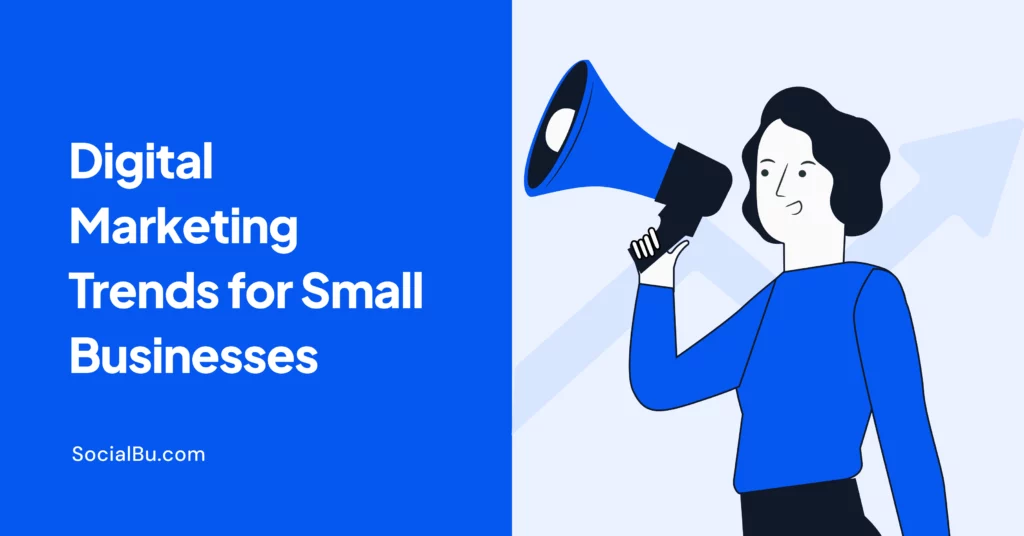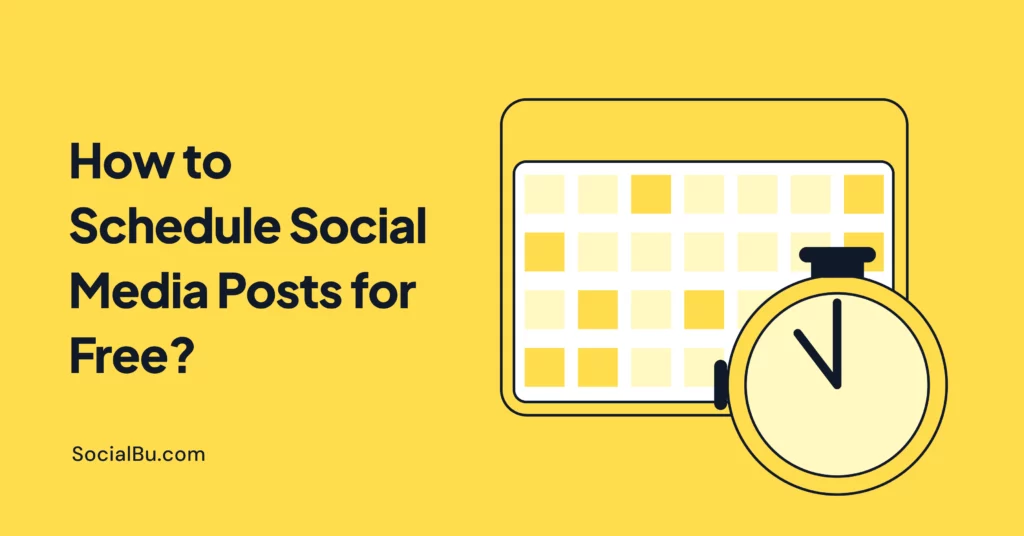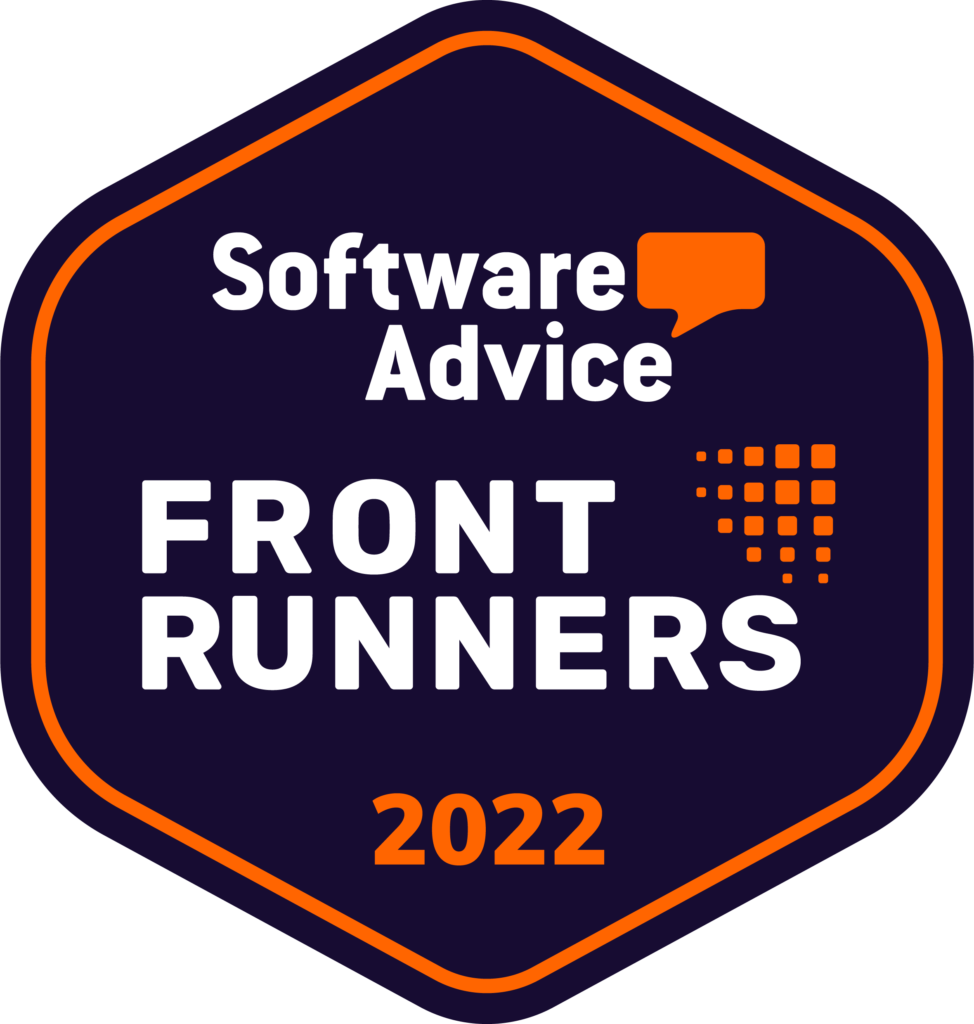Feeling like your Facebook Ads aren’t delivering the results you crave? You’re not alone. But fear not! Here’s your ultimate guide to facebook ads best practices in 2024.
We’ll break down everything you need to know, from laser-sharp targeting to crafting irresistible ad creatives. Get ready to transform your campaigns and watch your engagement and conversions soar.
Why Facebook Ads Still Matter in 2024

Let’s face it, the social media landscape is constantly evolving. New platforms emerge, user habits shift, and staying ahead of the curve can feel overwhelming. But here’s the good news: Facebook Ads remain a powerful tool for businesses of all sizes in 2024.
Here’s why:
- Unmatched Reach and Targeting: Facebook boasts a massive user base, allowing you to target a highly specific audience based on demographics, interests, behaviors, and even purchase history. This laser focus ensures your ads reach the people most likely to care about your product or service.
- Constant Innovation: Facebook is constantly rolling out new features and functionalities to enhance the advertising experience. In 2024, features like Advantage+ campaigns leverage automated optimization for even better results, while audience insights provide deeper customer understanding.
- Proven Success: Countless businesses have achieved remarkable success through Facebook Ads. From brand awareness to driving sales and generating leads, Facebook Ads offer a track record of delivering measurable results.
So, if you’ve been questioning the value of Facebook Ads, think again. They remain a powerful tool for reaching your target audience and achieving your marketing goals. Now, let’s dive into the specific strategies you can use to unlock the full potential of Facebook Ads in 2024.
Campaign Goals & Targeting

Before diving headfirst into ad creation, it’s crucial to set clear goals for your Facebook Ads campaign. What do you want to achieve? Here are some common objectives:
- Brand Awareness: Increase brand recognition and get your business in front of a wider audience.
- Lead Generation: Capture valuable leads from potential customers interested in your product or service.
- Conversions: Drive sales, app downloads, or website traffic that converts into paying customers.
Once you define your goals, it’s time to understand your target audience. Here’s where facebook ads best practices for targeting come into play. Facebook offers a treasure trove of data to pinpoint the exact people you want to reach. You can target users based on:
- Demographics: Age, location, gender, income, and education level.
- Interests: Hobbies, passions, and online behaviors that reveal user preferences.
- Behaviors: Past purchase history and website interactions that indicate buying intent.
But it doesn’t stop there. Powerful features like:
- Lookalike Audiences: Reach new people similar to your existing customers, expanding your reach to high-potential audiences.
- Custom Audiences: Upload your email lists or website visitors to retarget users who have already interacted with your brand.
By strategically combining these targeting options, you ensure your Facebook Ads are seen by the right people at the right time. Remember, the more focused your audience, the higher the chances of your campaign resonating and delivering results.
Facebook Ads Targeting Best Practices

You’ve defined your goals and understand your ideal customer. Now it’s time to leverage the power of facebook ads targeting best practices to ensure your message reaches the right people.
Here’s how to create laser-focused ad sets that maximize impact:
- Go beyond demographics: While age, location, and income provide a basic framework, dig deeper. Target users based on interests like “running” or “cooking” to connect with a more engaged audience.
- Leverage behaviors: Facebook allows you to target users based on their online actions. This means reaching people who have recently viewed similar products or browsed relevant websites, significantly increasing purchase intent.
- Unlock the power of Lookalike Audiences: This innovative feature identifies new users who share similar characteristics with your existing customers. It’s a fantastic way to expand your reach while maintaining a high-potential audience.
- Retarget website visitors: Have website visitors who haven’t converted yet? Retargeting allows you to display targeted ads to these users, reminding them about your brand and enticing them to complete a desired action. Utilize custom audiences to upload your website visitor data and create retargeting campaigns.
- Get granular with website traffic exclusions: Refine your targeting further by excluding website visitors who have already converted. This ensures you’re not paying to show ads to people who are already customers, maximizing your campaign efficiency.
Remember, effective targeting is an ongoing process. Experiment with different options, monitor results, and refine your approach to continuously optimize your reach and engagement.
By mastering these facebook ads targeting best practices, you’ll ensure your ads are seen by the most relevant audience, setting the stage for successful campaigns.
Crafting Compelling Facebook Ad Creatives

Now that you’ve targeted the perfect audience, it’s time to create Facebook Ad creatives that stop the scroll and compel action.
Here’s how to break down the essential elements for each ad format:
(A) Facebook Ads Copy Best Practices:
- Headline: This is your first impression, so make it count. Craft a captivating headline that grabs attention and clearly communicates your value proposition. Keep it concise (ideally under 25 characters) and use strong verbs to pique user interest.
- Body copy: Here’s your chance to elaborate on your headline and convince users to take action. Use clear, benefit-oriented language that highlights what your product or service solves for the audience. Keep it short and sweet (around 125 characters), focusing on the most compelling aspects of your offering.
- Call to action (CTA): Tell users exactly what you want them to do next, whether it’s “Shop Now,” “Learn More,” or “Download Our Free Guide.” Strong CTAs are clear, concise, and create a sense of urgency.
(B) Facebook Video Ads Best Practices:
The power of video is undeniable. In the realm of Facebook Ads, facebook video ads best practices emphasize creating short, impactful videos that capture attention and deliver a clear message.
Here are some key tips:
- Hook viewers in the first 3 seconds: Grab attention quickly with a captivating opening scene that sets the stage for your video.
- Keep it short and sweet: People are busy scrolling. Aim for videos under 60 seconds that deliver a clear message without losing viewers’ interest.
- Prioritize high-quality production: While fancy equipment isn’t essential, ensure your video has good lighting, clear audio, and professional editing for maximum impact.
- Utilize Facebook’s video creation tools: Facebook offers a variety of tools to help you create engaging video ads, including templates and editing features.
(C) Facebook App Install Ads Best Practices:
Looking to drive app downloads? Here’s how to craft effective facebook app install ads best practices:
- Showcase app value: Clearly communicate what your app does and how it benefits users. Highlight the core features and functionalities that solve a specific problem or enhance user experience.
- Utilize app preview features: Facebook allows you to showcase your app in action through app preview videos or screenshots. This gives users a sneak peek of the app’s functionality and increases download intent.
- Consider localization: If you’re targeting a global audience, consider using AI translation to translate your ad copy and localize imagery. This approach ensures your message resonates with diverse cultures and languages, increasing your app’s appeal to global users.
You may also want to read: How to create a facebook business page to make money
Optimizing for Conversions
So, you’ve crafted captivating Facebook Ads that entice users to click. But the journey doesn’t end there. To maximize success, you need to ensure a seamless transition to a well-designed landing page optimized for conversions.
Here’s why landing pages matter and how to leverage facebook conversion ads best practices for tracking:
- The Landing Page Bridge: Imagine your Facebook Ad as a bridge leading users to your website. The landing page is the destination. A poorly designed landing page can confuse users and cause them to abandon the conversion process.
- Alignment is Key: Ensure your landing page design and messaging directly correlate with your Facebook Ad. If your ad promotes a discount on running shoes, the landing page should showcase running shoes and the discount offer. This consistency builds trust and encourages users to convert.
- Conversion Tracking: Here’s where facebook conversion ads best practices come into play. Utilize Facebook Pixel, a powerful tool that tracks user actions on your website. This allows you to measure the effectiveness of your Facebook Ads campaigns and see exactly how many users convert after clicking on your ad.
- Track Beyond Conversions: Facebook Pixel allows you to track various actions beyond just purchases. This can include things like email signups, video views, or adding items to a cart. By tracking these micro-conversions, you gain valuable insights into user behavior and can optimize your campaigns for better results.
- A/B Testing Landing Pages: Don’t settle for the first landing page iteration. A/B testing allows you to compare different versions of your landing page to see which one converts better. Test elements like headlines, CTAs, and visuals to continuously improve your conversion rate.
Advanced Strategies for Facebook Ads Success in 2024
Having mastered the fundamentals, let’s explore some advanced strategies to take your Facebook Ads campaigns to the next level in 2024:
- Embrace Advantage+ Campaigns: Facebook continues to innovate, and Advantage+ campaigns are a prime example. These automated campaigns leverage Facebook’s machine learning to optimize delivery, bidding, and placements across various ad formats (images, videos, carousels) for maximum impact. This allows you to focus on crafting compelling creatives while Facebook takes care of the technical optimization, potentially saving you time and resources.
- Leverage User-Generated Content (UGC): People trust other people. Incorporating UGC like customer testimonials or social media posts featuring your product in action can significantly boost the credibility and authenticity of your Facebook Ads.
- Stay Ahead of the Curve: The world of Facebook Ads is constantly evolving. Stay updated on the latest algorithm changes and facebook ads best practices. Facebook Blueprint offers a wealth of free resources and courses to help you stay informed and optimize your campaigns for the latest platform features.
By incorporating these advanced strategies, you demonstrate a commitment to continuous learning and improvement.
Common Facebook Ads Mistakes & How to Avoid Them
Even the most seasoned marketers make mistakes with Facebook Ads. Here are some common pitfalls to watch out for and strategies to help you avoid them:
- Poor Targeting: Targeting too broadly can lead to wasted ad spend. Remember, the more specific your audience, the higher the chances of your ad resonating. Utilize the powerful targeting options Facebook offers to reach the right people at the right time.
- Unclear Messaging: Craft clear, concise ad copy that communicates your value proposition effectively. Avoid jargon and technical terms that your audience might not understand. Focus on the benefits your product or service offers and how it solves their problems.
- Neglecting A/B Testing: Don’t assume you’ve nailed your ad creative on the first try. A/B testing allows you to compare different versions of your headlines, images, and CTAs to see which ones perform better. This data-driven approach helps you continuously optimize your campaigns for maximum results.
- Ignoring Landing Page Optimization: A beautiful Facebook Ad can’t compensate for a poorly designed landing page. Ensure your landing page seamlessly aligns with your ad and provides a clear path to conversion.
- Not Tracking Conversions: Without proper conversion tracking, you’re flying blind. Utilize Facebook Pixel to measure the effectiveness of your campaigns and gain valuable insights into user behavior. Use this data to refine your targeting, ad creatives, and landing pages for ongoing improvement.
By being aware of these common mistakes and implementing the best practices outlined throughout this guide, you’ll be well on your way to crafting high-performing Facebook Ads campaigns that deliver exceptional results.
Conclusion
There you have it! By following these facebook ads best practices, you’re equipped to navigate the ever-evolving world of Facebook Ads and achieve success in 2024. Remember, the key lies in setting clear goals, targeting the right audience, crafting compelling creatives, and continuously optimizing your campaigns based on data and insights.
What are your biggest challenges with Facebook Ads? Let us know in the comments below!
FAQs:
How do I make Facebook ads effective?
Focus on clear goals, targeted audience, compelling creatives, and data-driven optimization using A/B testing and conversion tracking.
What is the most effective Facebook ad type?
There’s no single “most effective” type. The best format depends on your goals – video ads for engagement, carousel ads for showcasing multiple products, etc.
Which Facebook ads are most successful?
Successful ads target the right audience with a clear value proposition and a strong call to action. They are visually appealing and use effective landing pages.
What is the best strategy to scale Facebook ads?
Once you have a winning campaign, gradually increase your budget while monitoring performance and refining your targeting and creatives.
How do you create a winning ad?
Start with a clear objective, craft compelling ad copy that highlights benefits, and use high-quality visuals. Test different variations and optimize based on results.
How to make money through ads?
Facebook Ads aren’t directly about making money through the platform itself. They are a powerful tool to drive traffic to your website or app where you can convert visitors into paying customers.








